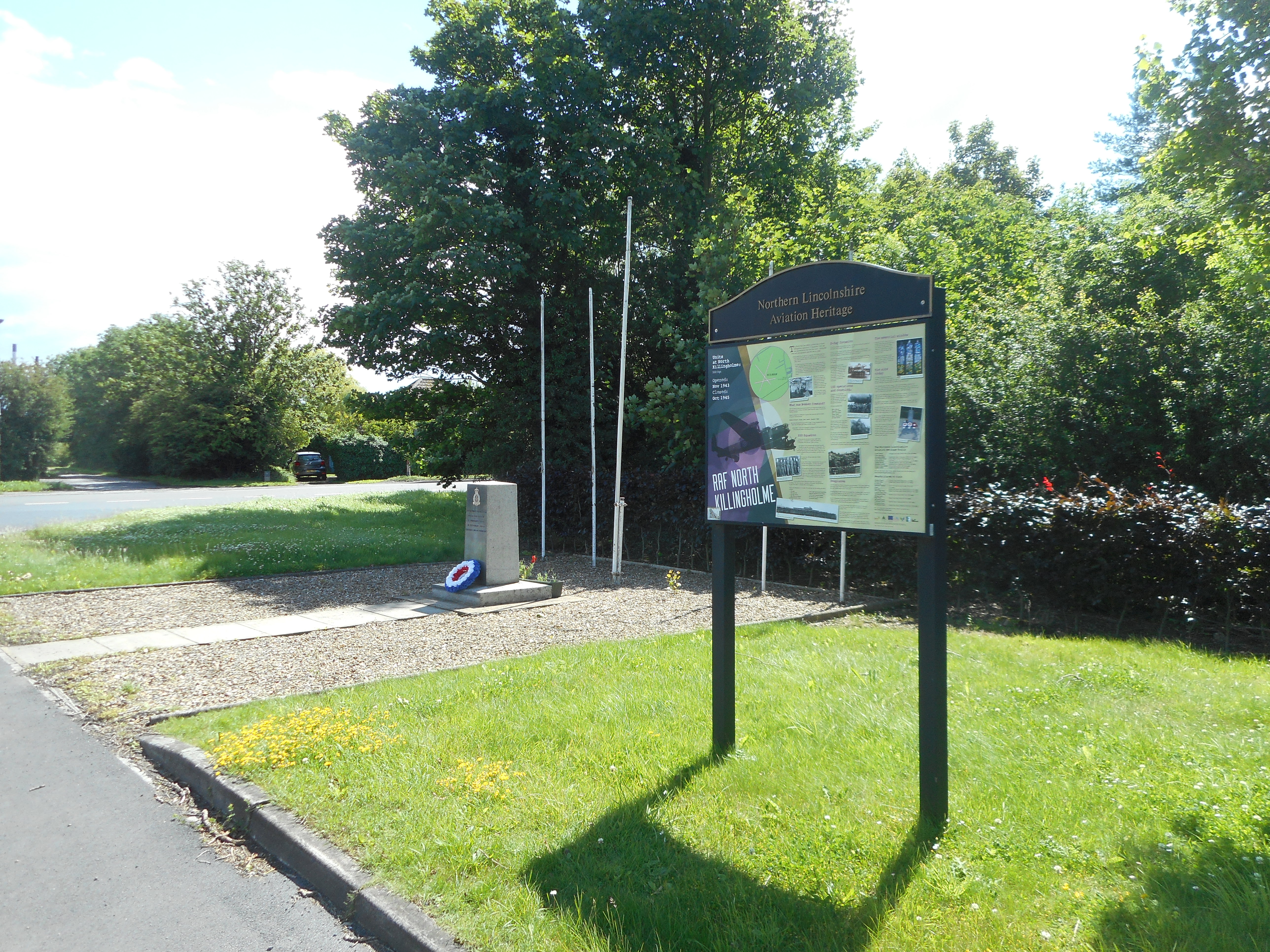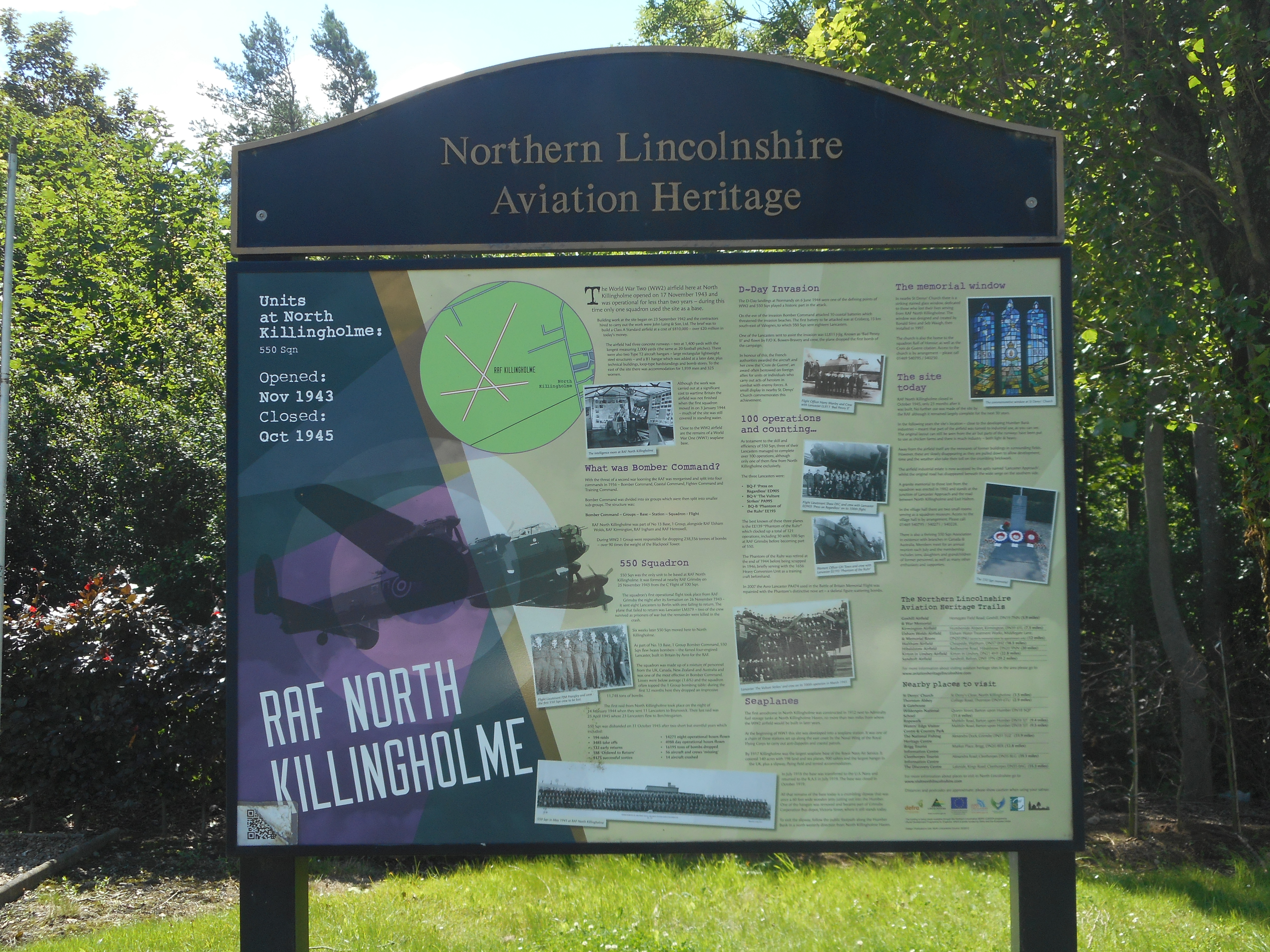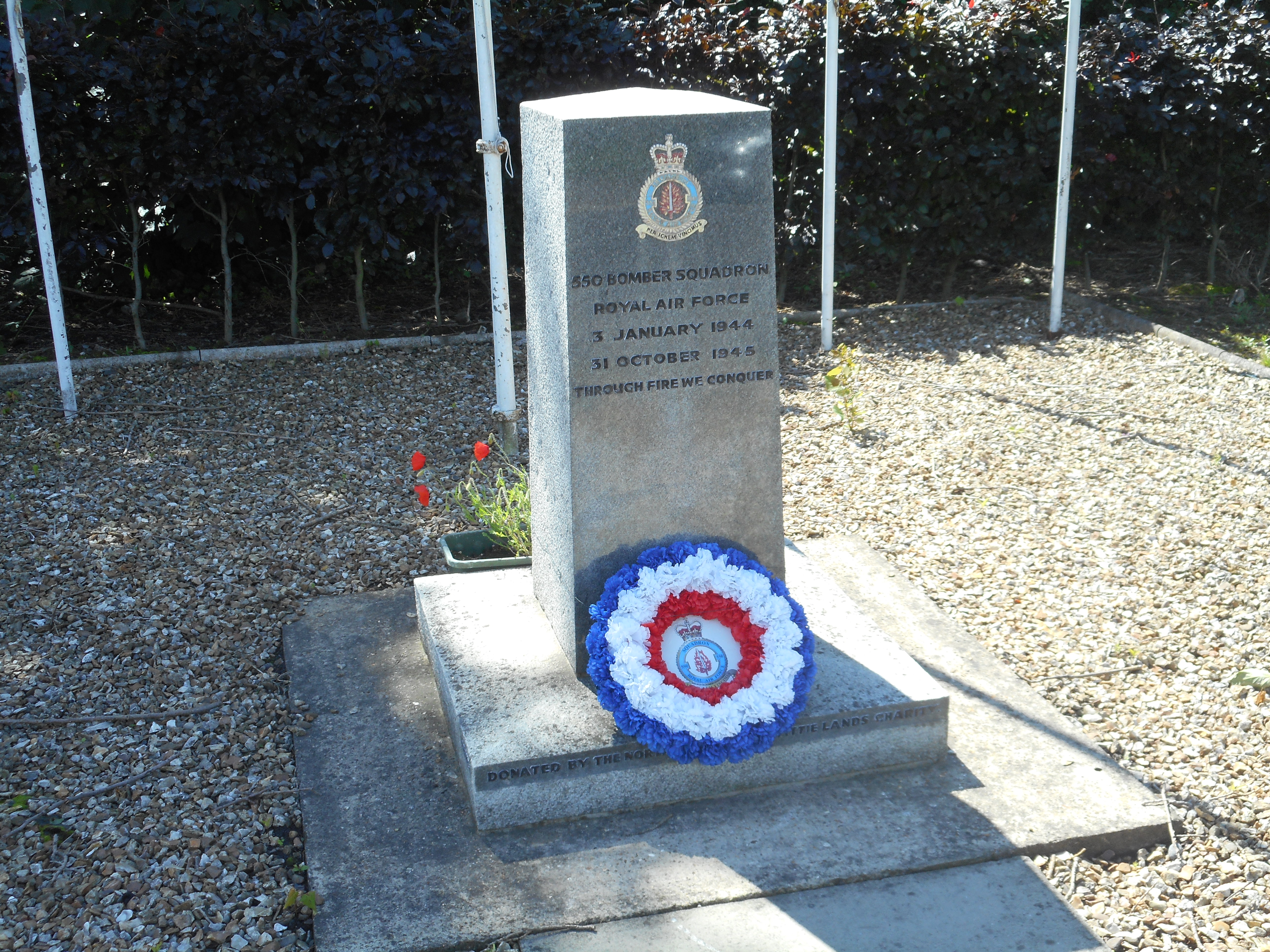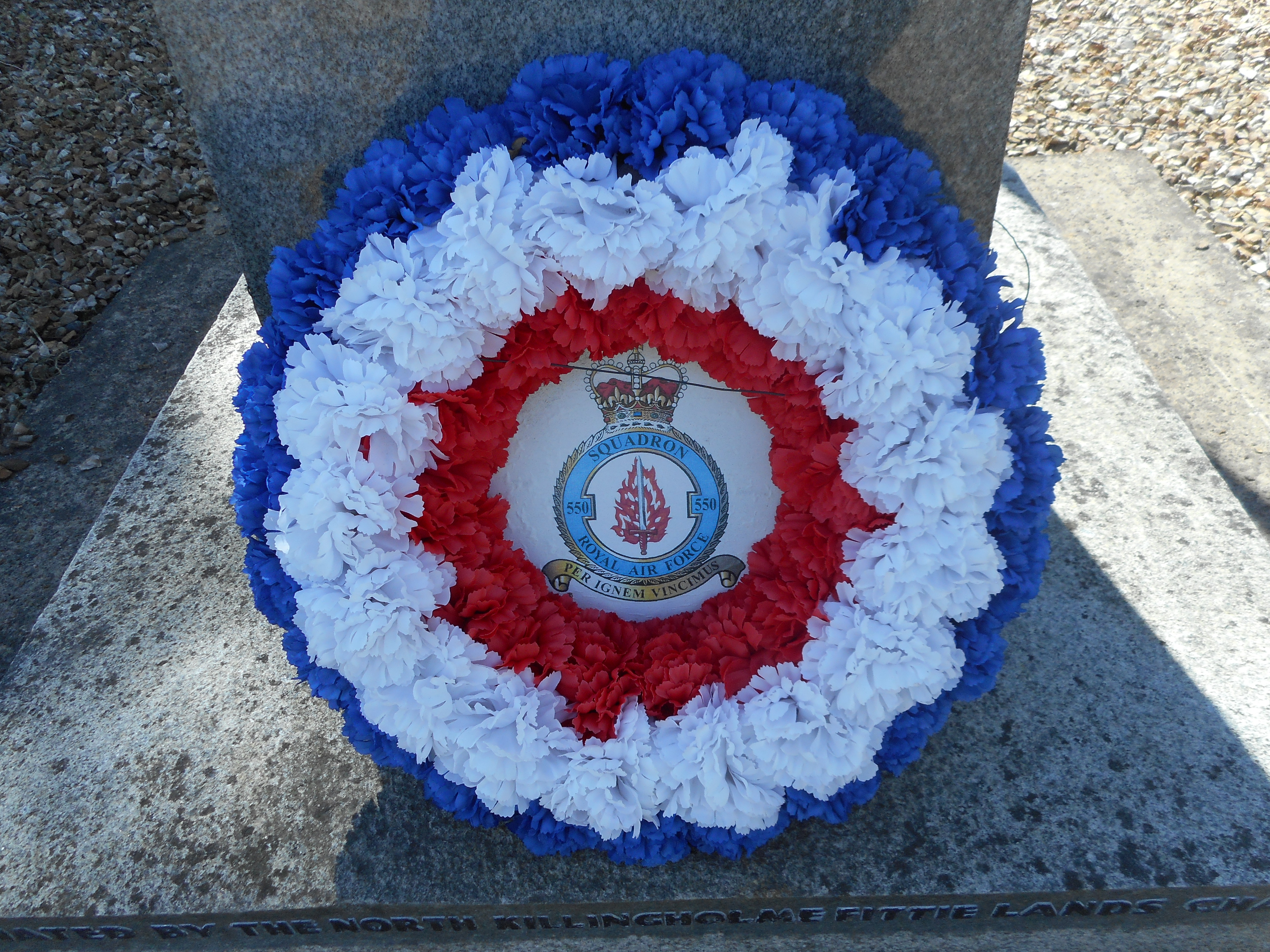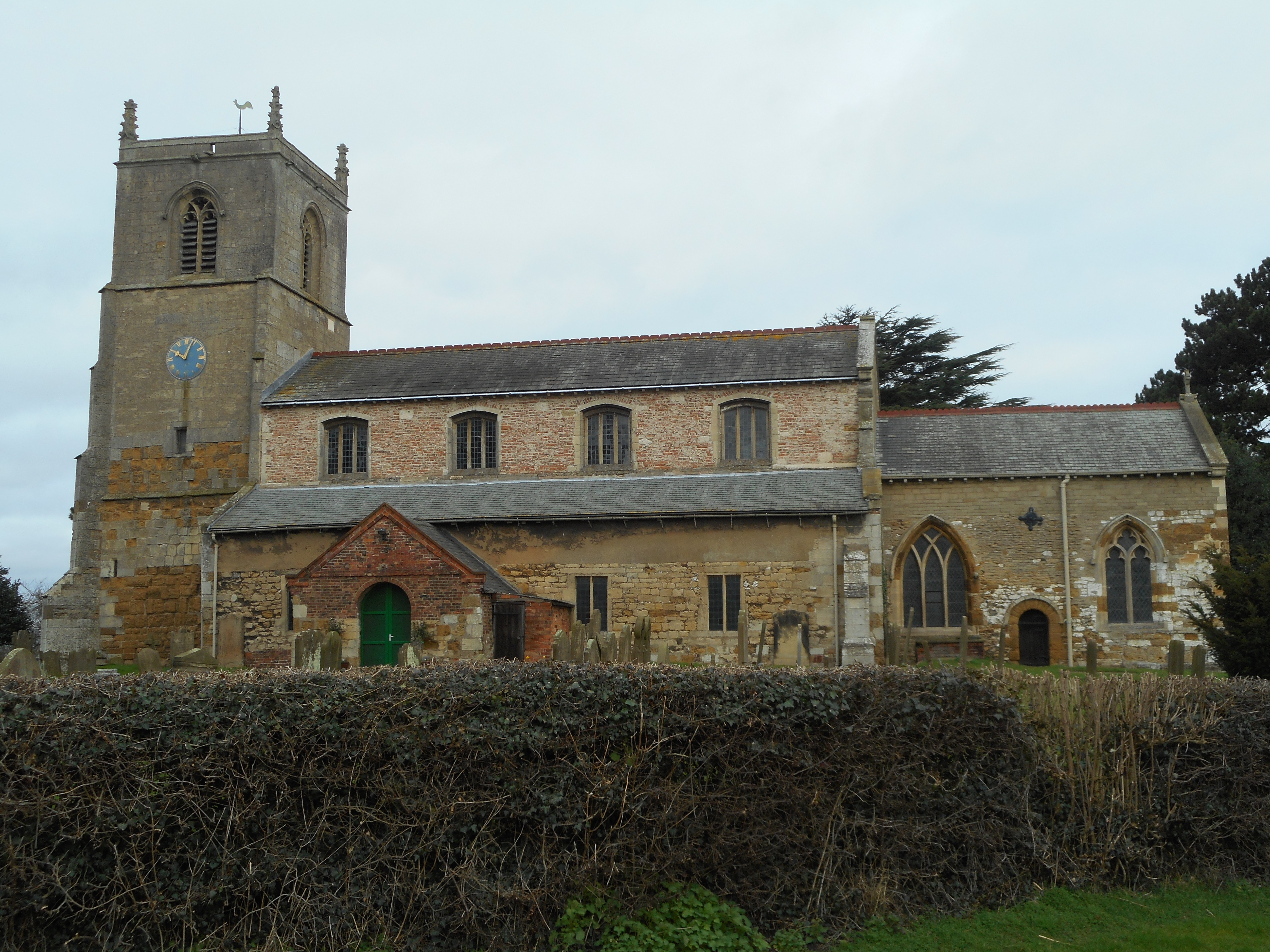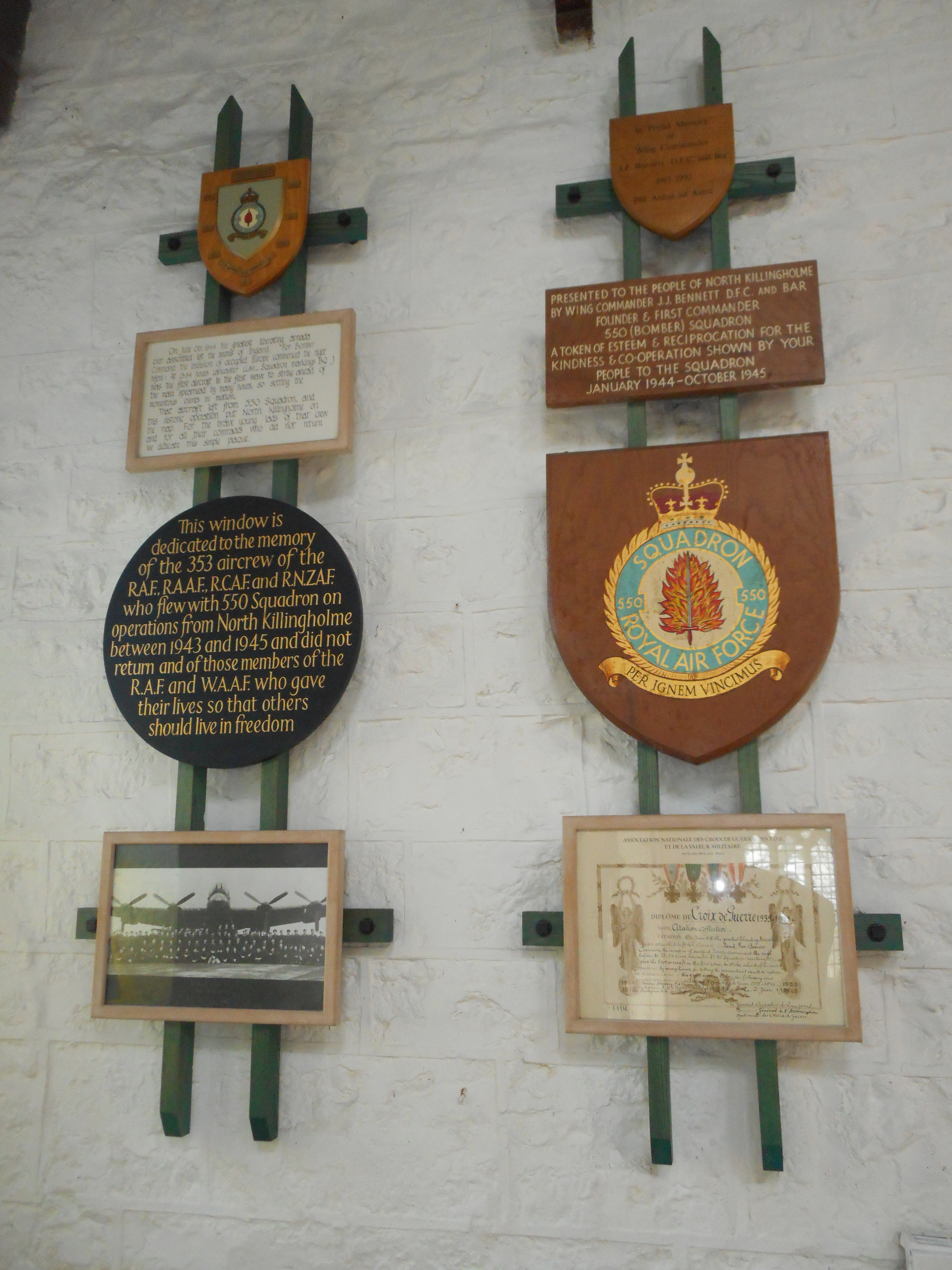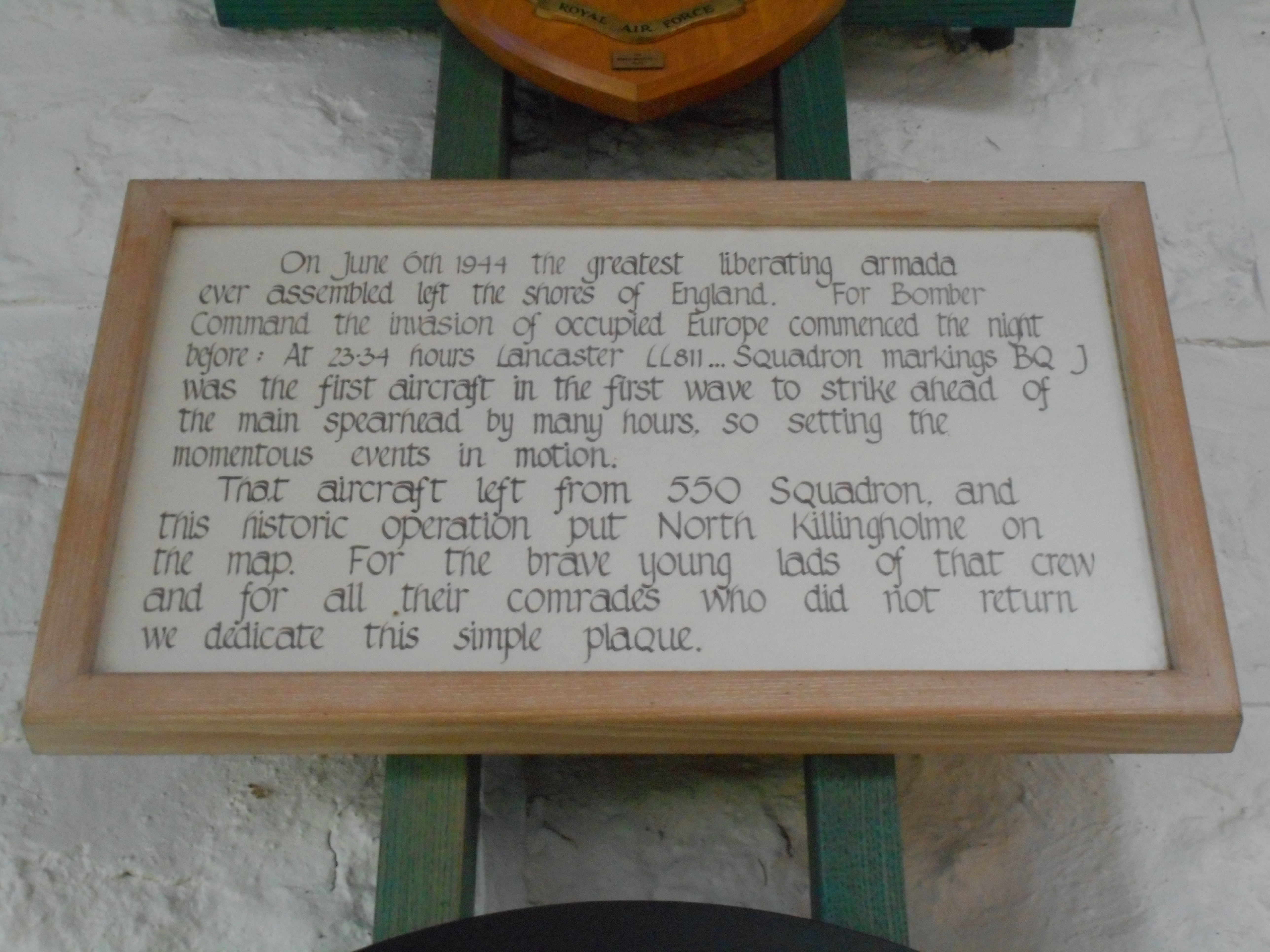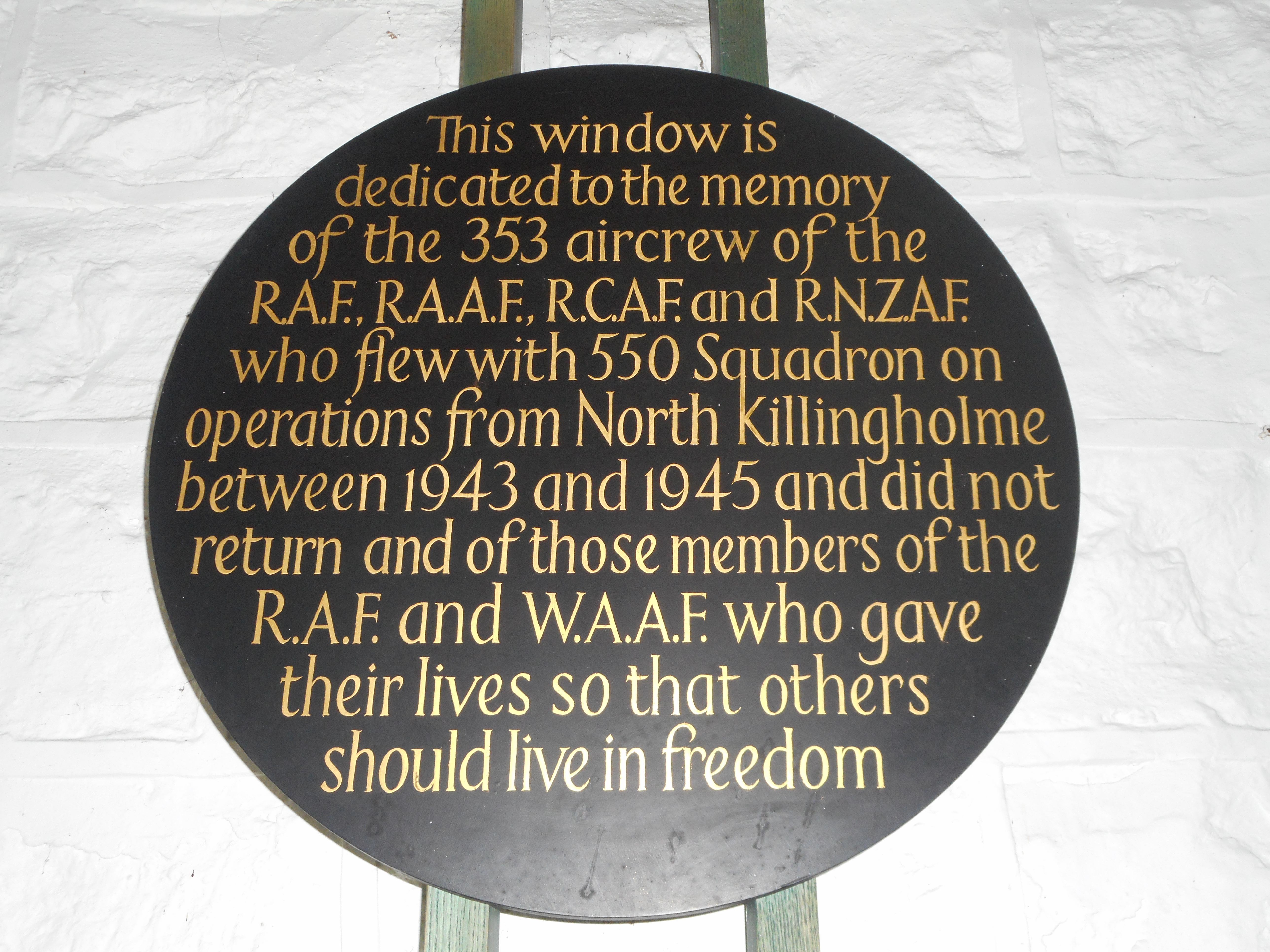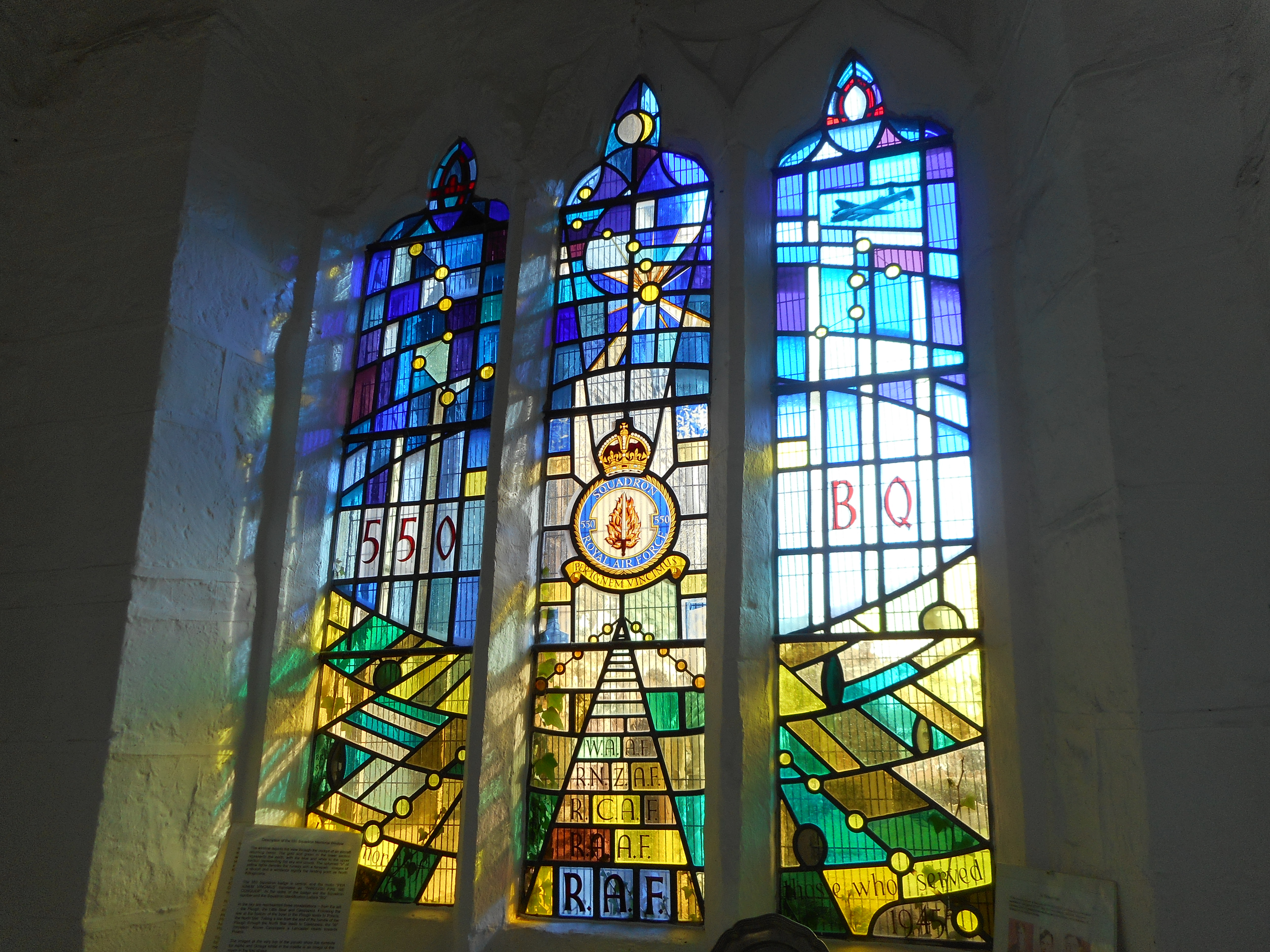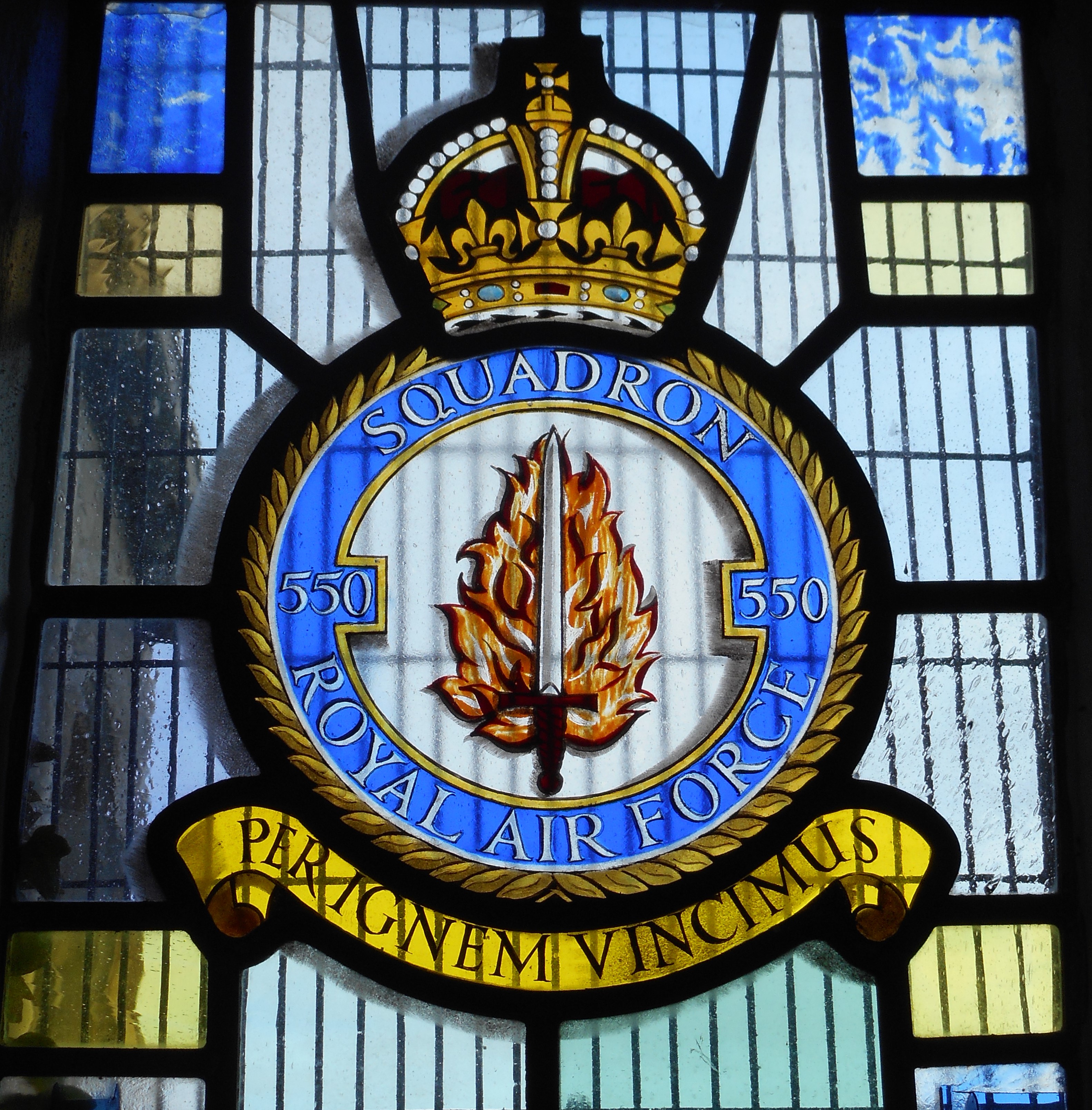Whipp, Sidney
Personal Information
| Rank | Maj |
| Forename(s) | Sidney |
| Surname | Whipp |
| Gender | M |
| Decorations | TD |
| Date of Death | 04-05-1944 |
| Next of Kin | Cheniers Churchyard |
Aircraft Information
| Aircraft | Avro Lancaster I |
| Serial Number | LL826 |
| Markings | BQ-H |
Memorial Information
| Burial/Memorial Country | France |
| Burial/Memorial Place | Cheniers Churchyard |
| Grave Reference | Mil. Plot. Row 1. Coll. grave 2. |
| Epitaph |
IBCC Memorial Information
| Phase | 2 |
| Panel Number | 263 |
Enlistment Information
| Service Number | 34023 |
| Service | British Army |
| Group | 1 |
| Squadron | 550 |
| Squadron Motto | Per ignem vincimus (Through fire we conquer) |
| Trade | Passenger |
| Country of Origin | United Kingdom |
Other Memorials
| Location | Lancaster Approach, North Killingholme, Lincolnshire |
| Country | United Kingdom |
| Memorial Type | Inscribed Memorial Stone & Info Board |
| Memorial Text | A memorial to 550 Sqn RAF which flew from RAF North Killingholme; Jan 1944 - Oct 1945 |
| Location | Church of St. Deny's, North Killingholme, Lincolnshire |
| Country | United Kingdom |
| Memorial Type | Stained Glass Window, RoH and inscribed Metal & Wooden Plaques |
| Memorial Text | Several memorials to the men and women who served with 550 Sqn at RAF Killingholme during WW2 |
Miscellaneous Information
| A Territorial serving with the 7th Battalion the Duke of Wellington's Regiment (West Riding). He was part of an airfield defence unit |
The National Archives
| Record of Events (Operational Record Book) AIR 27/2037/14 |
| Summary of Events (Operational Record Book) AIR 27/2037/13 |
Fellow Servicemen
Please note that this list gives all the losses aboard the quoted aircraft and occasionally these may have occurred on an earlier date when the aircraft was not itself lost. Please check the dates of death carefully.
Last Operation Information
| Start Date | 03-05-1944 |
| End Date | 04-05-1944 |
| Takeoff Station | North Killingholme |
| Day/Night Raid | Night (83% moon) |
| Operation | Mailly-le-Camp- to bomb a military camp. 360 aircraft, 42 Lancasters Lost (11.6%). The chain of command on this raid failed to work as it should have, due to technical issues. The Marker Leader (W/C Leonard Cheshire) reported successful marking to the Master Bomber (W/C Deane) but he was unable to call in the main force for the attack since his VHF radio was incorrectly tuned and was drowned out by an American forces broadcast The Deputy Controller (S/L Sparks) stepped in but the delay caused many bombers to be picked off by night-fighters. Despite this, the bombing, when it eventually began, was highly accurate with approximately 1500 tons being dropped on the target with extensive damage to barracks, engine sheds, ammunition stores and vehicles. 218 German soldiers were killed. S/L Sparks's own aircraft was shot down, although he evaded capture. |
| Reason for Loss | Shot down while orbiting a route marker north of the aiming point and crashed at Cheniers, France |
